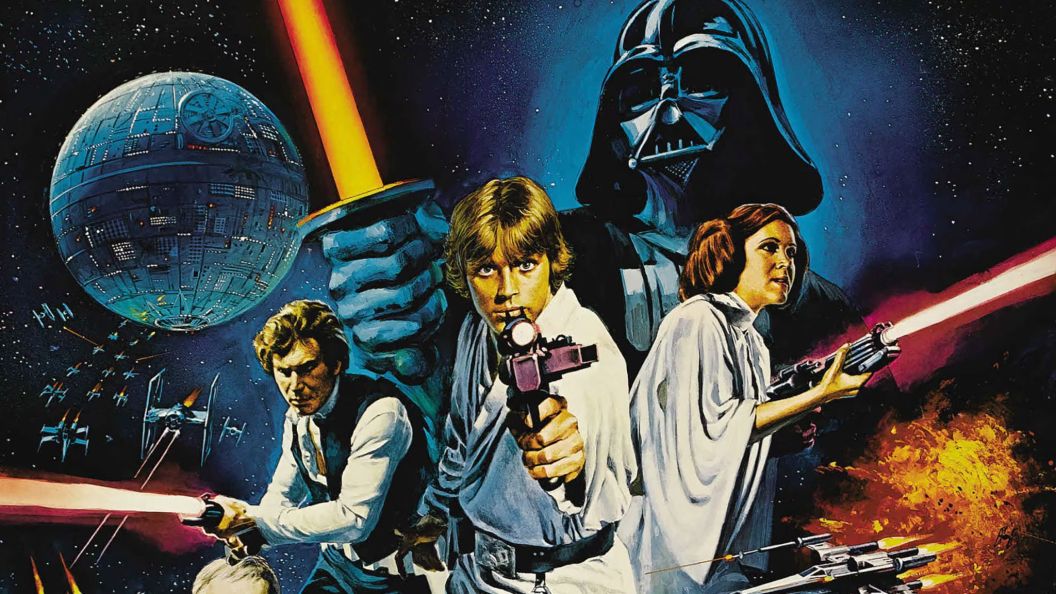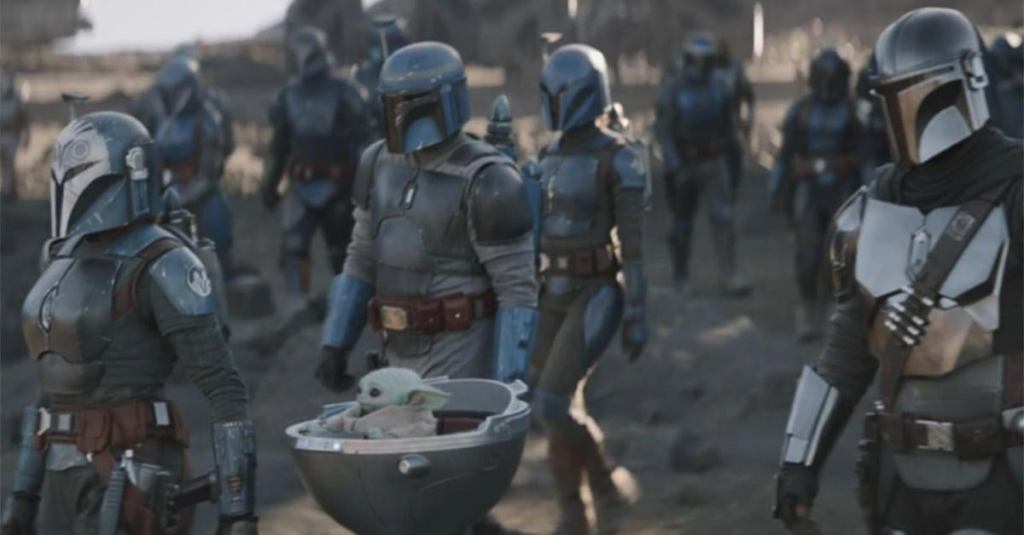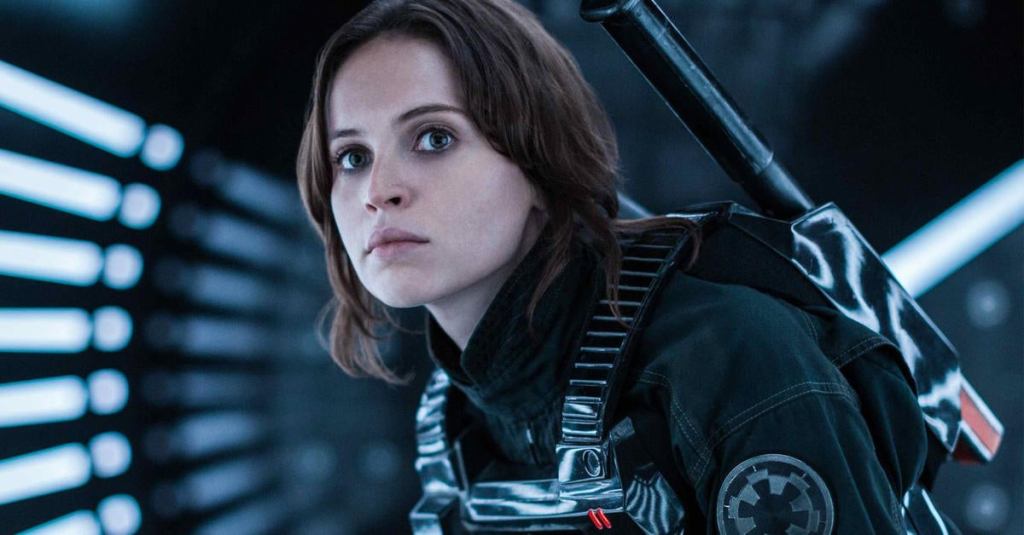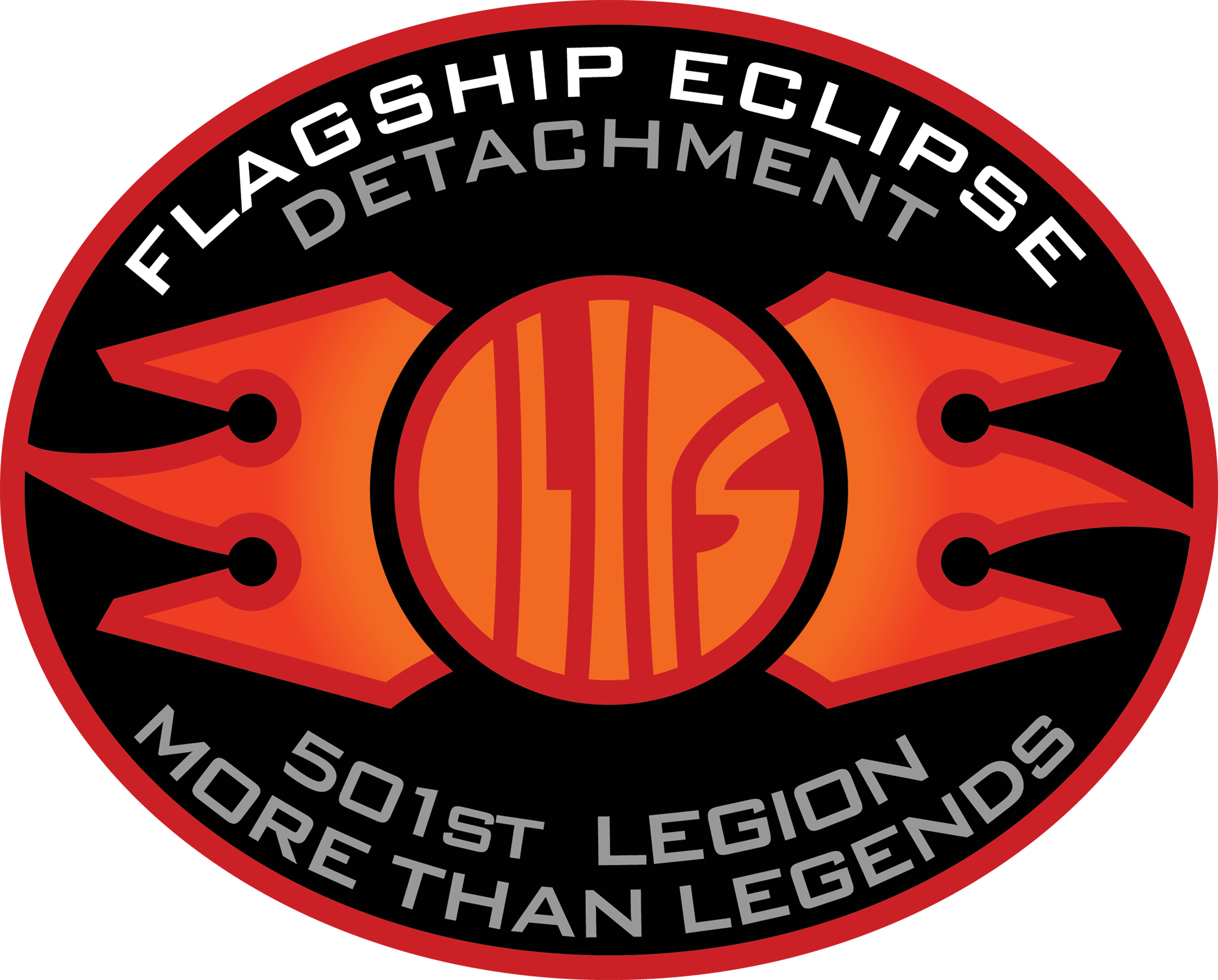
With Kathleen Kennedy’s tenure as the head of Lucasfilm likely winding down in the near future, it’s worth considering what the next era of Star Wars media could look like. Before Kennedy was hired to run the franchise in June 2012, Lucasfilm was still independent from Disney and only six live-action theatrical films existed. George Lucas and his dream of making live-action Star Wars TV shows was deemed too costly ever to be feasible; cut to 13 years later, and Star Wars now encompasses 11 live-action theatrical films, countless live-action TV shows, and so much more.
An already sprawling media empire has only grown further in the last 13 years; yet it’s also clear Star Wars has some problems that need to be ironed out. It’s taken forever to get a new movie off the ground; it’s been impossible to get fresh filmmaking voices like Phil Lord & Chris Miller into the saga, and nostalgia has ruled this saga with the iron fist of the Empire. Kennedy’s Star Wars legacy has many positive aspects – including jump-starting the careers of performers like Daisy Ridley, Kelly Marie Tran, and Pedro Pascal, among others. However, whoever takes over the next era of Star Wars will need to implement some desperately needed fixes to this saga.
Let Star Wars Be Accessible Again

Star Wars will finally return to movie theaters in May 2026 with The Mandalorian & Grogu. Allegedly, this feature film extension of The Mandalorian will feature The Clone Wars characters Embo and Rotta the Hutt as primary figures in its plot, with Embo reportedly being the feature’s main villain. Those alleged story details already crystallize a massive problem with modern Star Wars media; much like recent Marvel Cinematic Universe releases like Captain America: Brave New World, Star Wars has become too boxed in by its extensive lore. Fear over doing new things has led to it leaning further and further into a convoluted mythos that confuses general audiences.
It was one thing to hinge The Force Awakens on the whereabouts of Luke Skywalker, one of the most famous movie protagonists ever; The Mandalorian & Grogu bringing back “Stinky” from the 2008 Clone Wars movie, on the other hand, sounds like a cheap ploy meant to placate Star Wars geeks. In recent years, Star Wars media has been overrun by projects requiring pre-existing knowledge of, and passion for, Dave Filoni’s animated Star Wars shows from the 2010s. Would Ahsoka have been remotely coherent without a deep well of Star Wars: Rebels knowledge? Ditto the sudden appearance of Cad Bane in The Book of Boba Fett. Obi-Wan Kenobi, meanwhile, was super reliant on iconography from both the Prequel and Original Trilogies.
More standalone TV shows have been recently implemented, like The Acolyte and Skeleton Crew. Mostly, though, the Star Wars saga has bizarrely made its central creative inspiration that Darth Maul cameo in Solo: A Star Wars Story (which confused general audiences unaware of his Clone Wars resurrection). How can this franchise garner new fans if it’s too timid to embrace fresh characters and plotlines? Reveling in nods to 2010s animated shows may get you some quick positive Reddit threads, but it’s not a recipe for franchise longevity. That problem’s only been exacerbated by the diluting of Star Wars by bringing it to the world of weekly live-action television. A saga that once epitomized big-screen spectacle is now just another tile on the Disney+ homepage.
[RELATED: 5 Obscure Star Wars Characters You Won’t See Again Anytime Soon]
Produce Standalone Star Wars Movies Once More

Whoever’s in charge of the next era of Star Wars needs to confront both of those pressing problems in one fell swoop. Live-action Star Wars media should arguably be kept on the big screen, with movies that are deeply accessible to general moviegoers. Make motion pictures featuring new characters that are thrilling and relevant to modern moviegoers, rather than sweating over how the plot can make room for Clovis Jr. or an elderly Hondo Ohnaka. That would mean being more open to fresh interpretations of what this galaxy far, far away could look like. In other words: the days of firing Phil Lord and Chris Miller would have to come to an end.
Opening up this franchise to exciting new filmmakers who could overhaul expectations for Star Wars wouldn’t be as safe as relying on pre-existing Rebels and Clone Wars characters. However, the modern fanbases for characters like Rey, Finn, and the Rogue One crew show that Lucasfilm can produce new Star Wars heroes that people adore as much as Luke, Anakin, and Ahsoka Tano. Just imagine what kind of characters could be possible if theatrical movie artists had new levels of creative freedom!
Ensuring that these fresh features were accessible to general audiences would mean that Star Wars can finally mean something to younger people again. Plus, keeping it confined to the big screen would make Star Wars an event again, not just another genre streaming show playing in the background of your living room. Newcomers to this saga would be more likely to pay attention to and get immersed in these new cosmic stories in a darkened auditorium. Securing those younger fans with stories that belong to them is so incredibly important for Star Wars.
Tickling the nostalgia bone of old Original Trilogy and Clone Wars fans can only take this franchise so far. It’s time to dive into the unknown and produce original, standalone Star Wars stories nobody could’ve previously thought possible in this saga. To boot, it’s time to make those stories live on the big screen canvas where Star Wars was born. Committing to that could fix the shortcomings at Lucasfilm, as it enters a new era.
The Mandalorian and other Star Wars movies and TV shows are now streaming on Disney+.
The post How Star Wars Can Fix The Franchise As It Enters A New Era appeared first on ComicBook.com.
